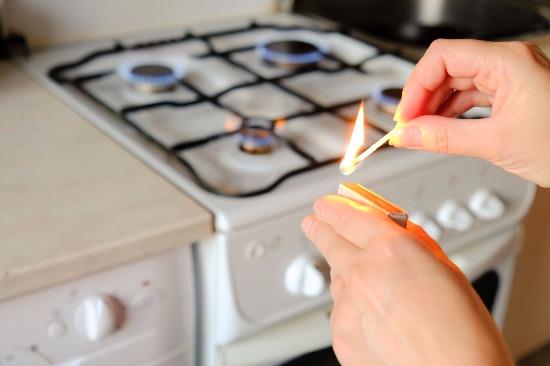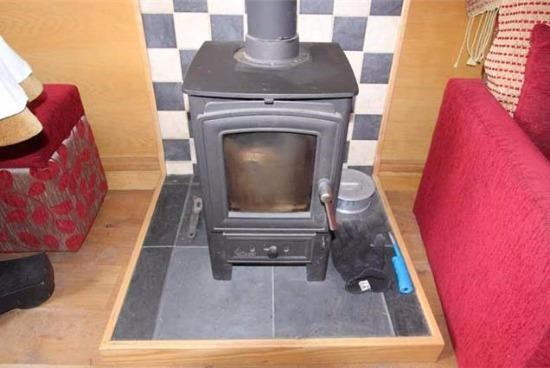Our Top Tips for Getting Your Used Narrowboat to Pass the Boat Safety Scheme
The Boat Safety Scheme is a public safety initiative owned by Canal and River Trust and the Environment Agency. It's purpose is to help minimise the risk of boat fires, explosions or pollution harming people or the environment on the Inland Waterways of the UK.
Just like a car has an MOT, on most of the UK's waterways, a boat needs to be licenced, insured and have a valid BSS certificate before it can cruise. A BSS lasts for four years and needs renewing every four years by a qualified BSS examiner.
Liquid fuelled heating and cooking appliances must have a means of shutting off the fuel supply within easy reach. LPG appliance flames will be examined to make sure they are burning correctly, the examiner will look for a nice yellow even flame.

Appliances
All appliances except portable or electrical equipment must be secured to stop it moving on the boat.
Any appliance with a flue must have one that terminates in open air outside any covered area. Flue pipes will be checked for holes or loose joints, and must conform to manufacturers instruction.
Appliances and their surroundings must not show signs of heat damage or fuel leaks.
Stoves and wood burners must not have gaps or cracks which could allow carbon monoxide to escape into the boat. So check for cracked ill fitting glass doors, check the joints and flue connections.
Stoves need to have sufficient clearance around them to stop combustible material getting hot nearby.

Ventilation
Ventilation is very important because the total air volume within a boat can be very small. Small quantities of noxious gasses such as carbon monoxide can easily build up from appliances, causing dangerous levels within the small air space. A constant flow of fresh air will dispose of any harmful gasses and top up oxygen levels within the boat. The Boat Safety examiner will do a calculation to work out what ventilation is required in each boat, depending on what types of appliances are on board, boat space and how many people aboard. Appliances are categorsied into groups which require different levels of ventilation for safety. So for example; a gas cooker would need a particularly high level of ventilation due to them emitting fumes and also using up oxygen. If the appliance has a flue however, such as a solid fuel stove, it requires less ventilation due to the flue which takes away the fumes from the boat.
Ventilation must be in the form of both high level and low level vents. High level vents such as mushroom vents are brass mushrooms on the roof of narrowboats. Low level vents are often louvred vented panels fitted over holes cut in the doors of the boat. The ventilation needs to be permanent and not able to be shut off. So you need to make sure that any vents fitted are kept clear and cleaned regularly to prevent dust and dirt building up and blocking the vent.
.jpg)
This picture illustrates the inside of a mushroom vent on a narrowboat that is clogged with dust and dirt. In another of our blogs we discuss how to clean mushroom vents.
If you have any gas or solid fuel appliances on board it is safest to fit a carbon monoxide alarm and smoke detectors on board too.
Stay safe and keep your canal boat well maintained.